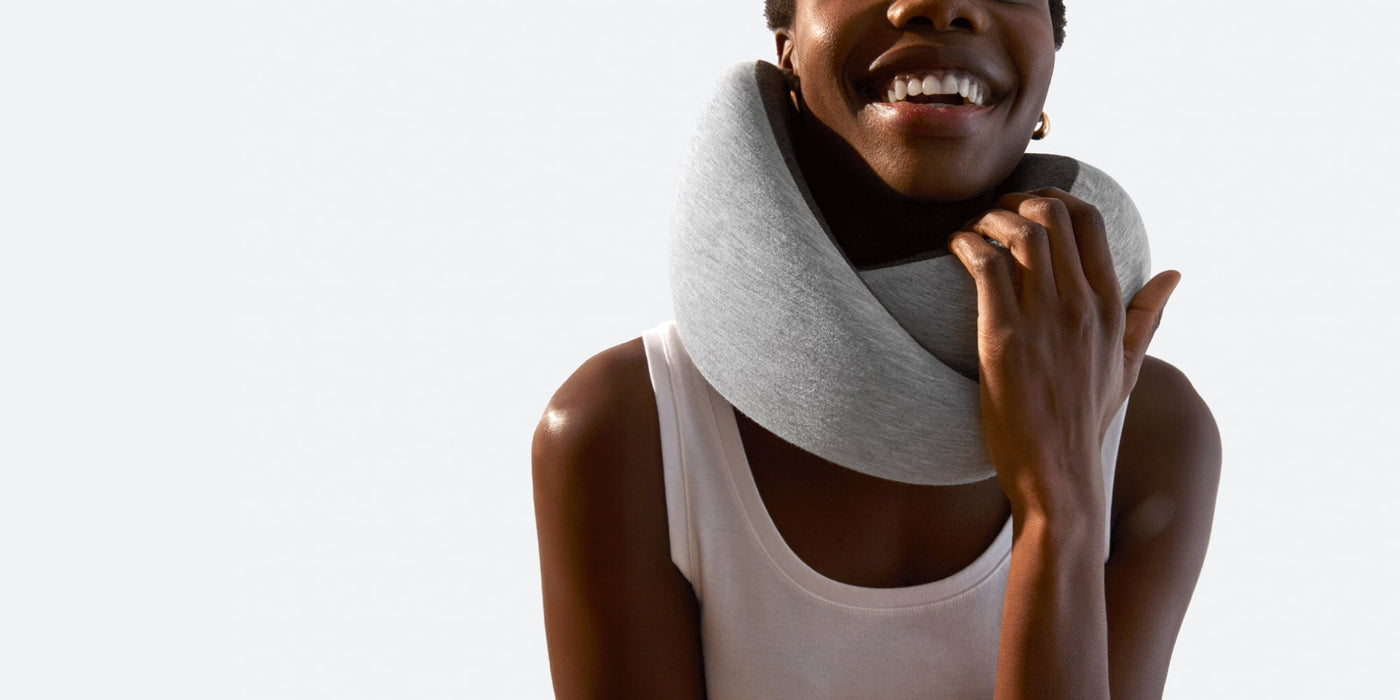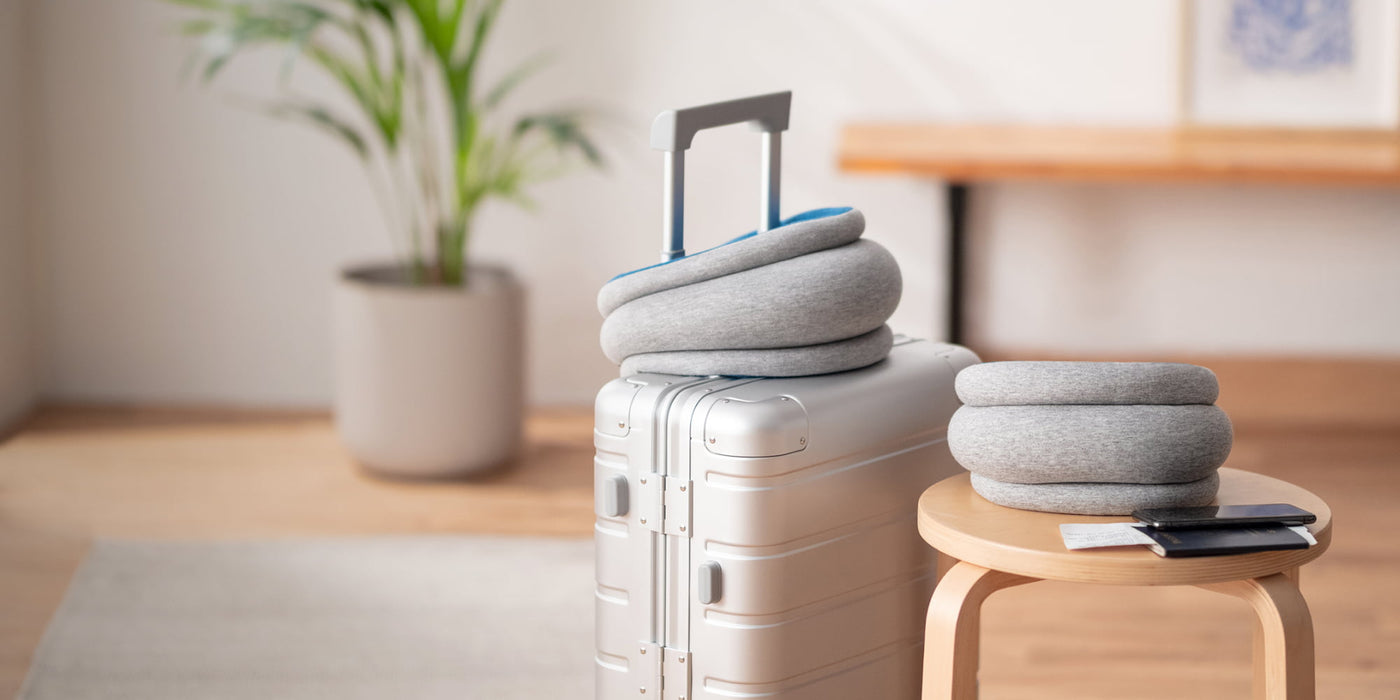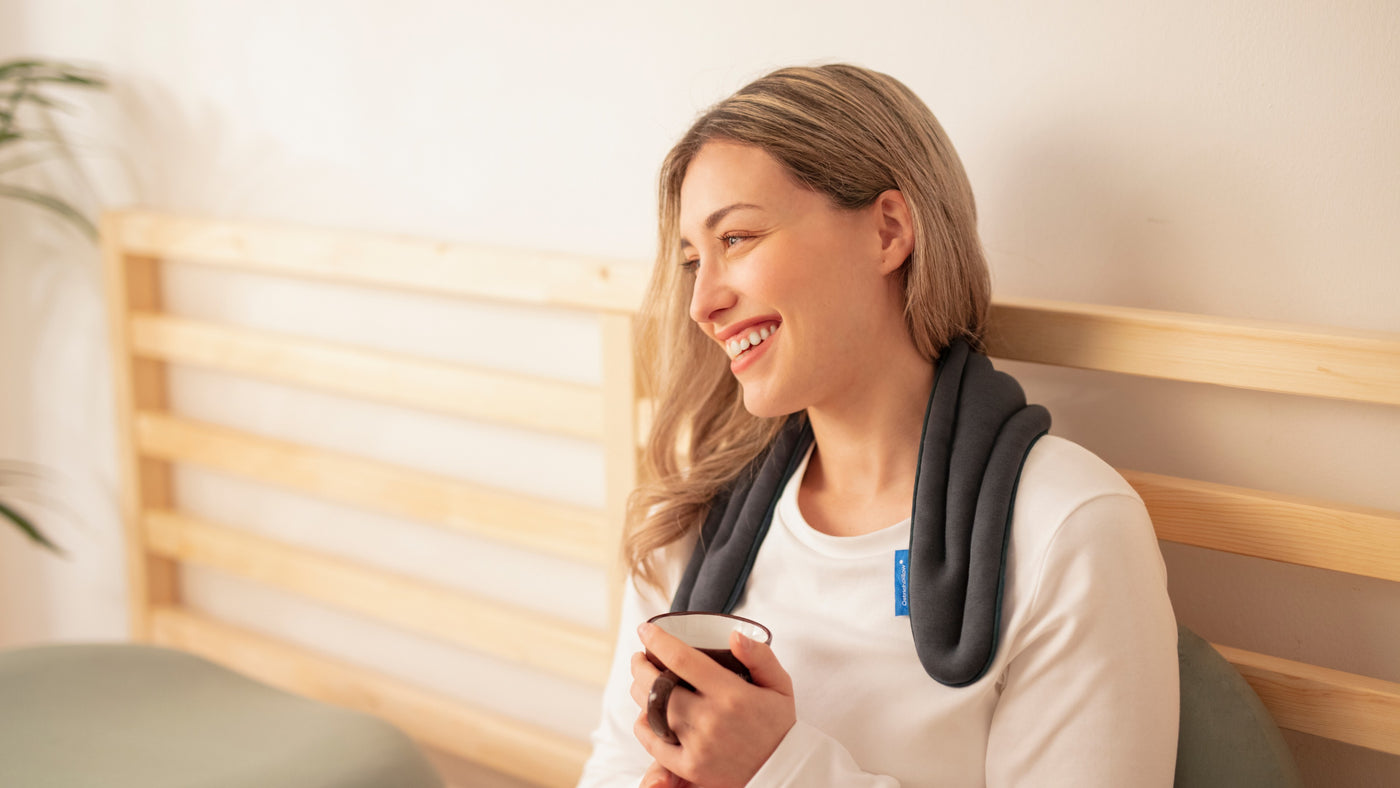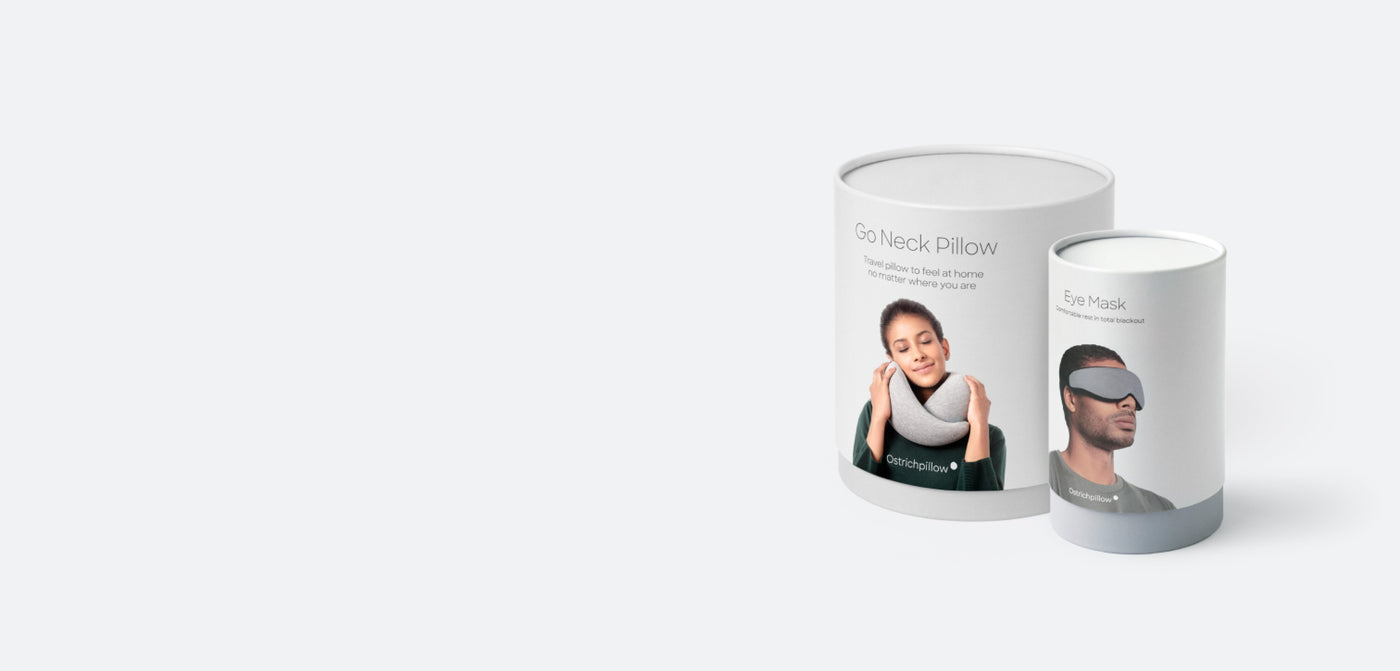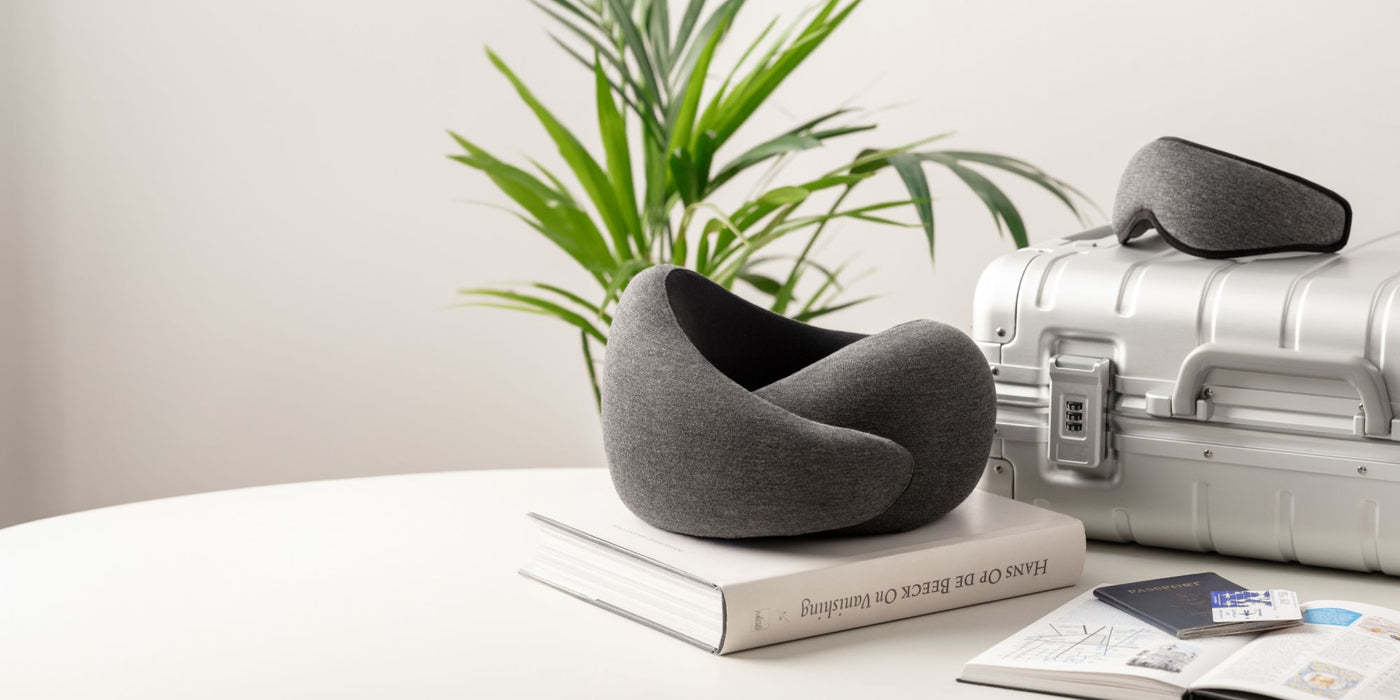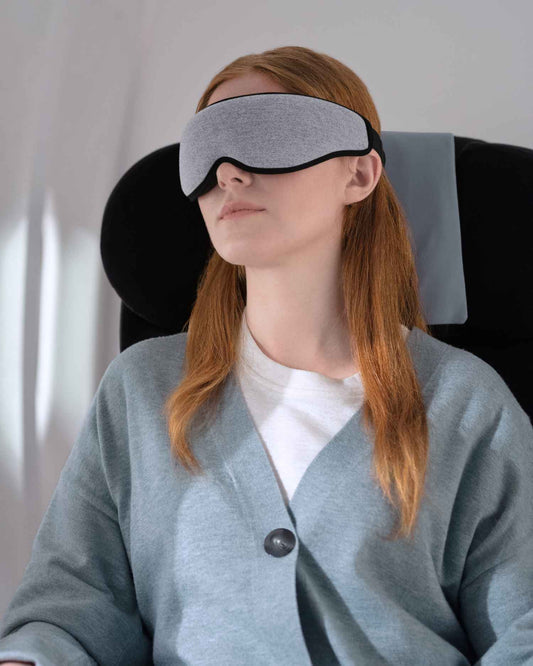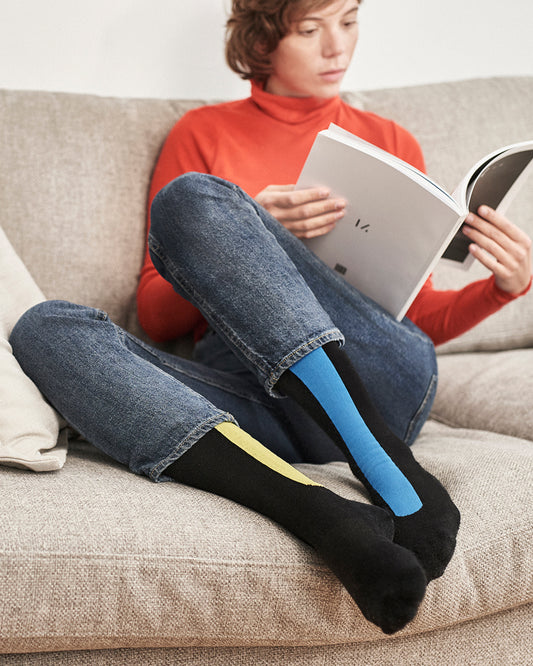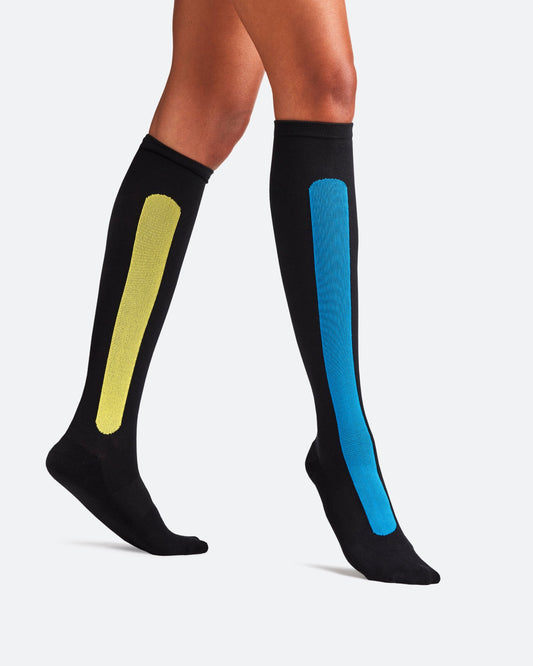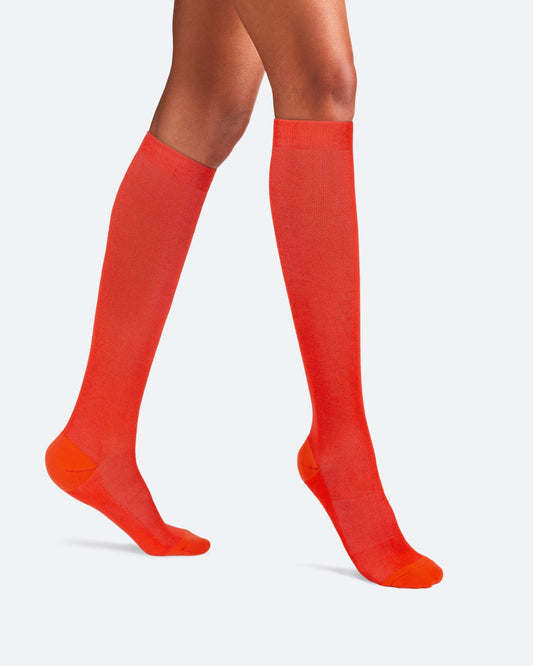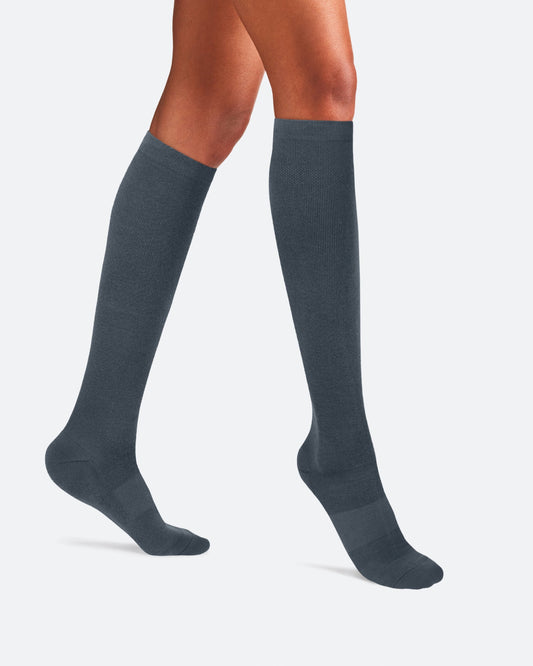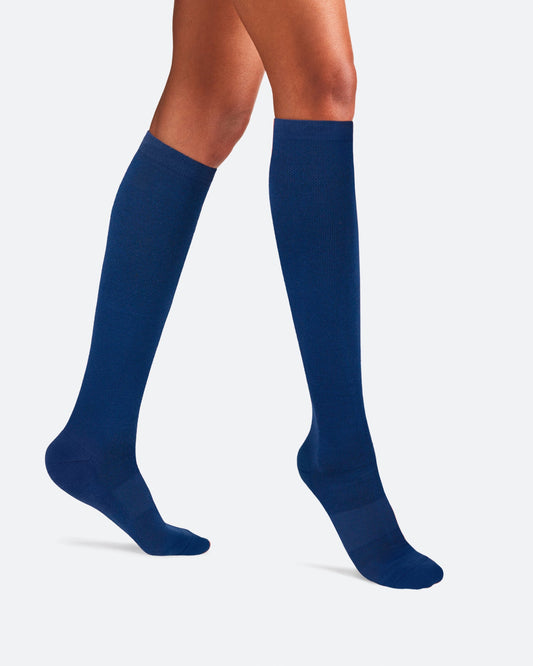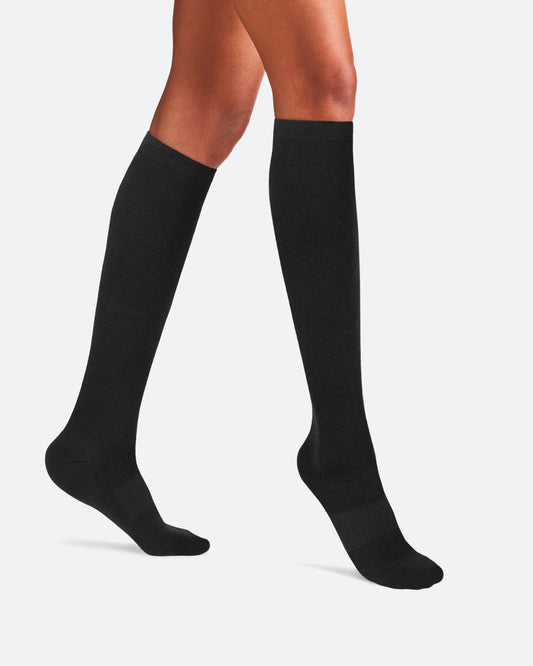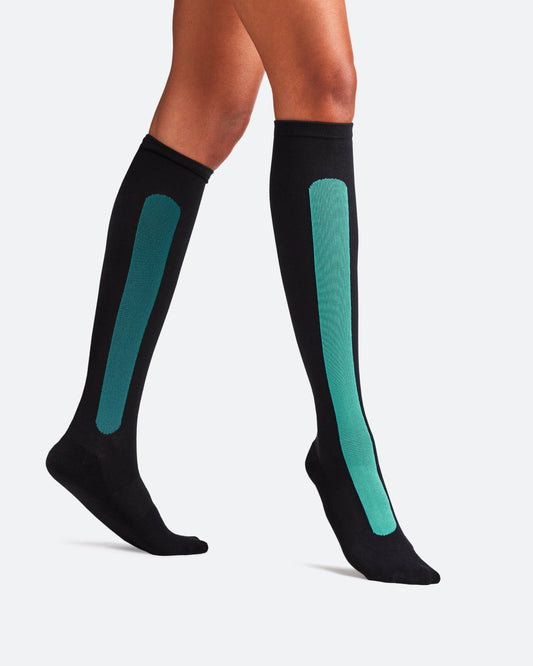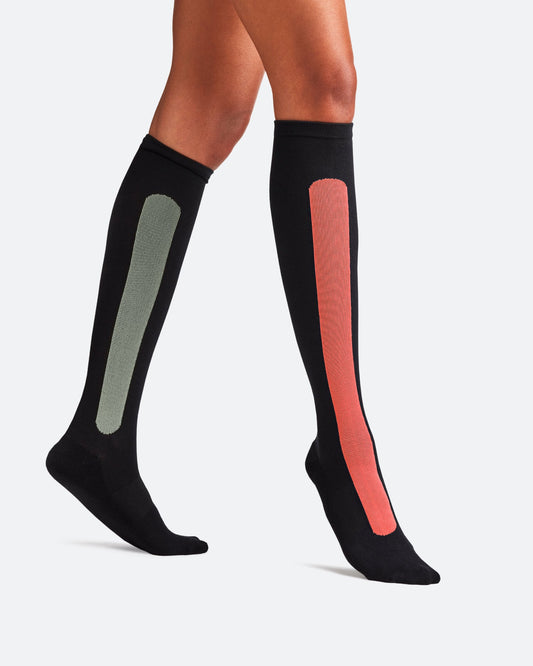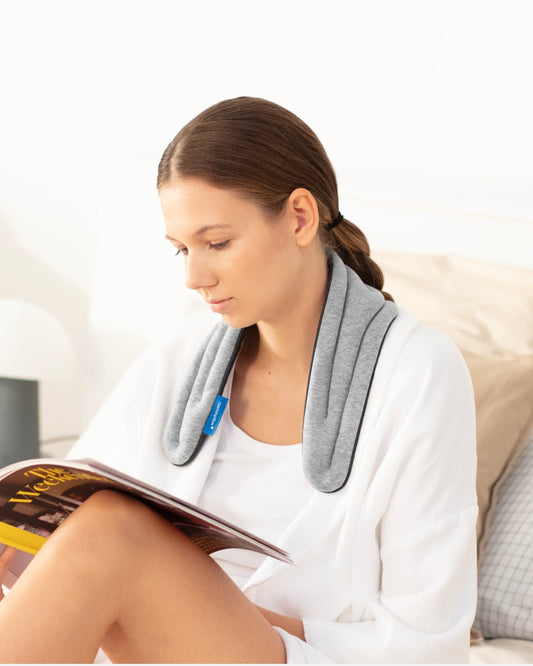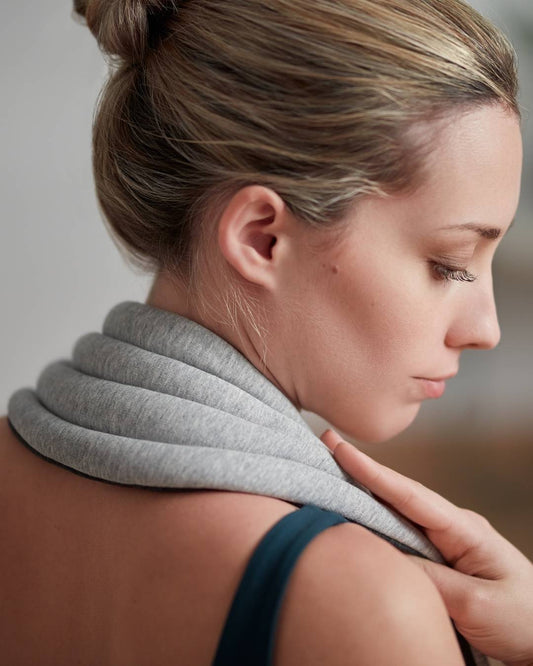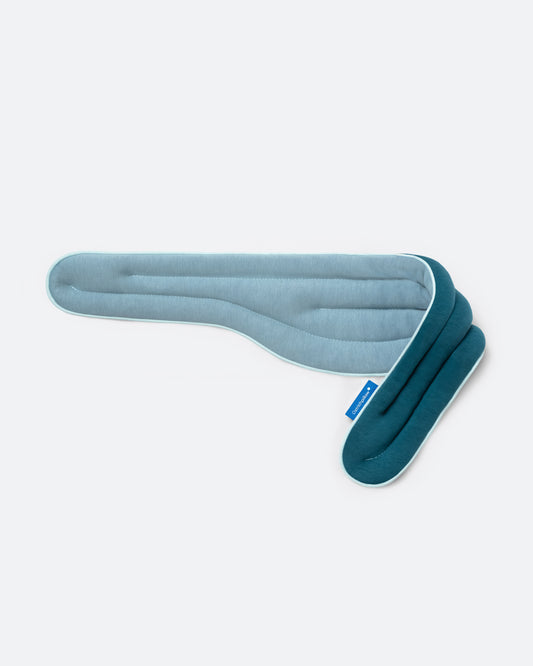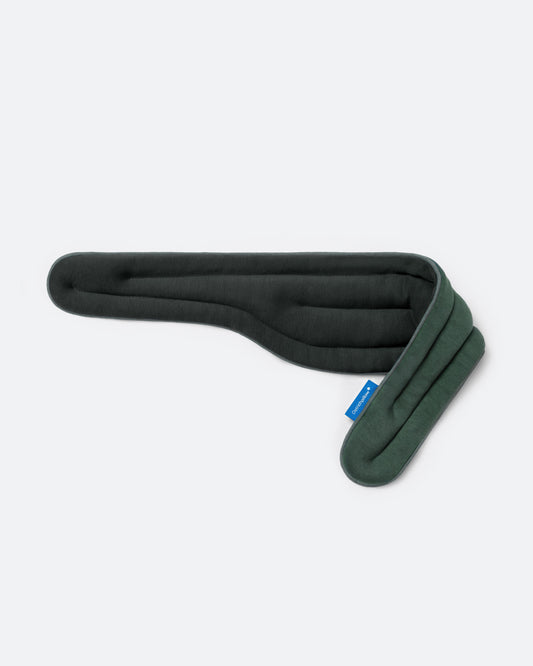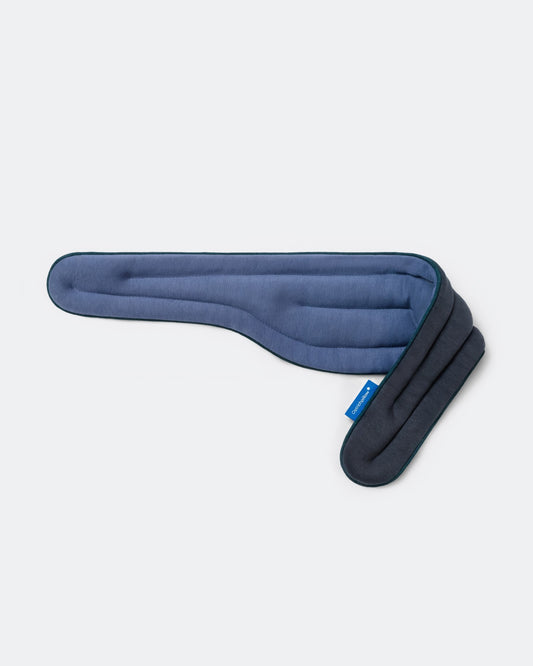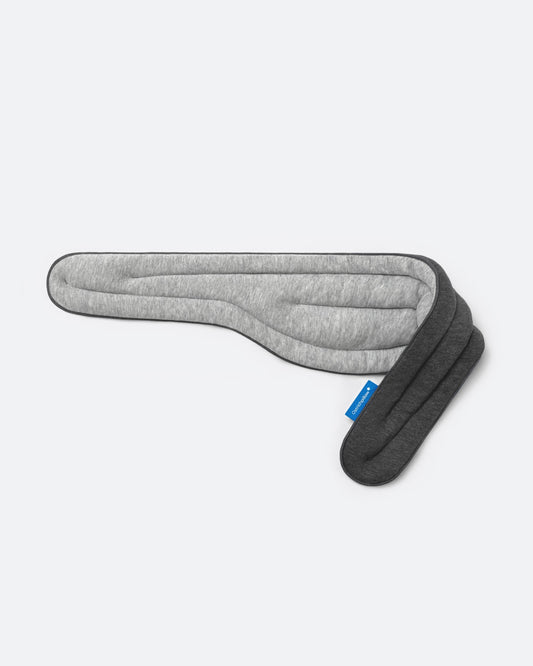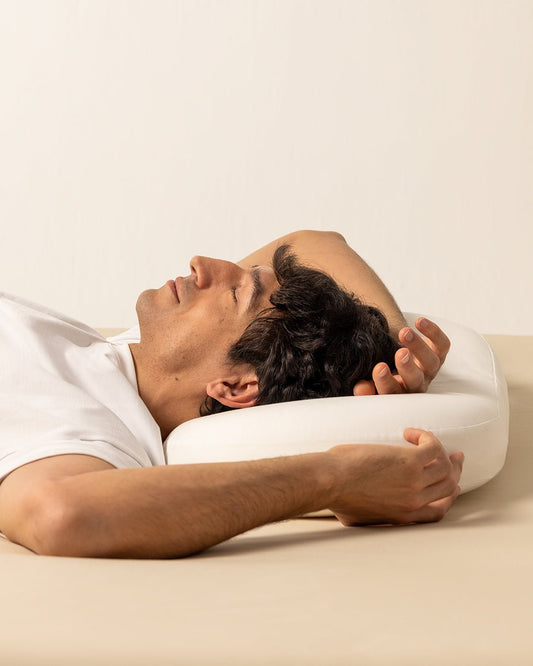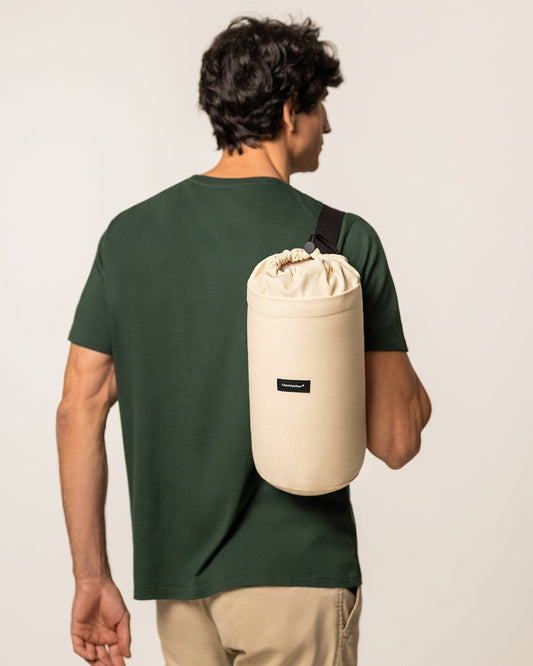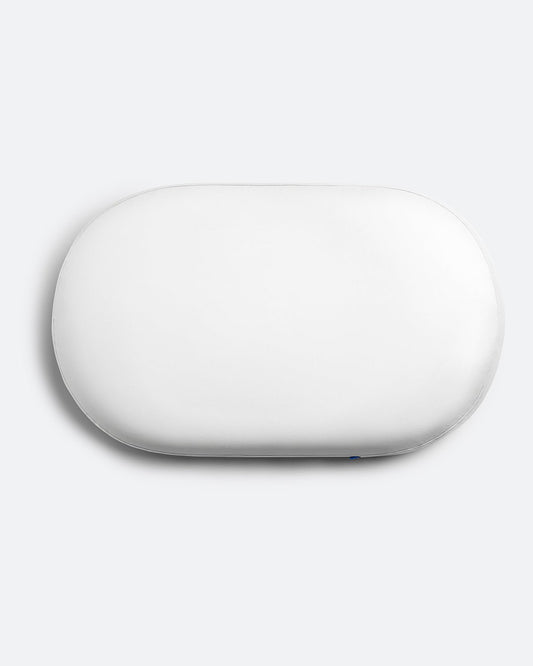
Nodding for a few minutes every day is not only a long tradition in many places around the world, but a dreamy way to improve the overall health of body and mind.
It may be confusing, but a cat nap is not what our furry little friends do all the time: unlike cats, who have no set sleeping schedule and nod off at any time and anywhere during the day, we humans limit our sleeping hours to the night, trying to stay awake and full of energy for the rest of the day. That's not easy, though, and that's where cat naps (also known as power naps) come in: short periods of time – 15 to 20 minutes – to sleep and recharge our batteries.
This probably sounds familiar: it's been a hard day's work, you've just had lunch and your body suddenly starts to slow down, while your eyes struggle to stay open. Coffee is your first call, but what you really want is to get some sleep. Well, you're in luck now, because several scientific studies – most of them gather here – have proven how cat naps not only help us rest our bodies during exhaustive moments, but they have many more health benefits.
Benefits of cat naps
Cat naps are good for both our bodies and our mind. On the one hand, they are very helpful in fighting sleep deprivation. Nowadays it is normal not to reach the necessary 7-8 hours of sleep every night, making the body more and more tired. Although it may not seem like it, a short nap helps to recover that energy and reset the body to continue moving with energy. It may even reduce the risk of cardiovascular disease, as this study showed.
But it's the mind that makes the most of those minutes of sleep. According to the latest scientific research, cat naps improve the learning process, helping us to better retain important information and "cleaning up" anything that may be superfluous. Overall performance also benefits, as it reduces stress and increases creativity. No wonder big companies like Google, Nike or even NASA encourage employees to take these naps.
If that's not enough, there are other studies that go a step further and add more benefits to the list: increase alertness, improve perception, stamina, motor skills and accuracy, enhance the sex life, aid in weight loss and brighten the mood.

Tips for the perfect cat nap
Before you stop reading this article and start napping, here are some recommendations to make the most of your cat naps.
Pick a regular time
A daily schedule helps train your body to know when it’s time for a nap and suggests late morning or early afternoon to avoid interfering with your nightly sleep. Anyway, scientists recommend napping after about 6-7 hours since the last wake.
Keep it short
Cat naps should last no longer than 15-20 minutes. At least that's what NASA has established after several studies with its astronauts. If it is longer, there is a risk of entering the deep phase of sleep, from which it is more difficult to wake up, causing a feeling of dizziness and grogginess. Setting an alarm can be a great idea.
Avoid stimuli
When there's not much time to sleep, you have to make the most of it. That's why for catnaps it's best to turn off your cell phone notifications, find a quiet place and encourage darkness.

Try a nap pillow
Getting used to cat naps can be difficult at first, especially if they are done in the workplace, where it is not easy to get the right atmosphere to rest. In those cases, there is nothing like creating our own environment to be as comfortable as possible. How? By accompanying our naps with a napping pillow, which allows us to rest our head in a comfortable place and block the light and sound outside, as OSTRICHPILLOW Original does. Your cat naps will never be the same.
Want to keep dreaming?
At OSTRICHPILLOW we're all about travel, discovery, and the unexpected. Join our community of dreamers and you'll receive special offers and inspiration fresh to your inbox.














